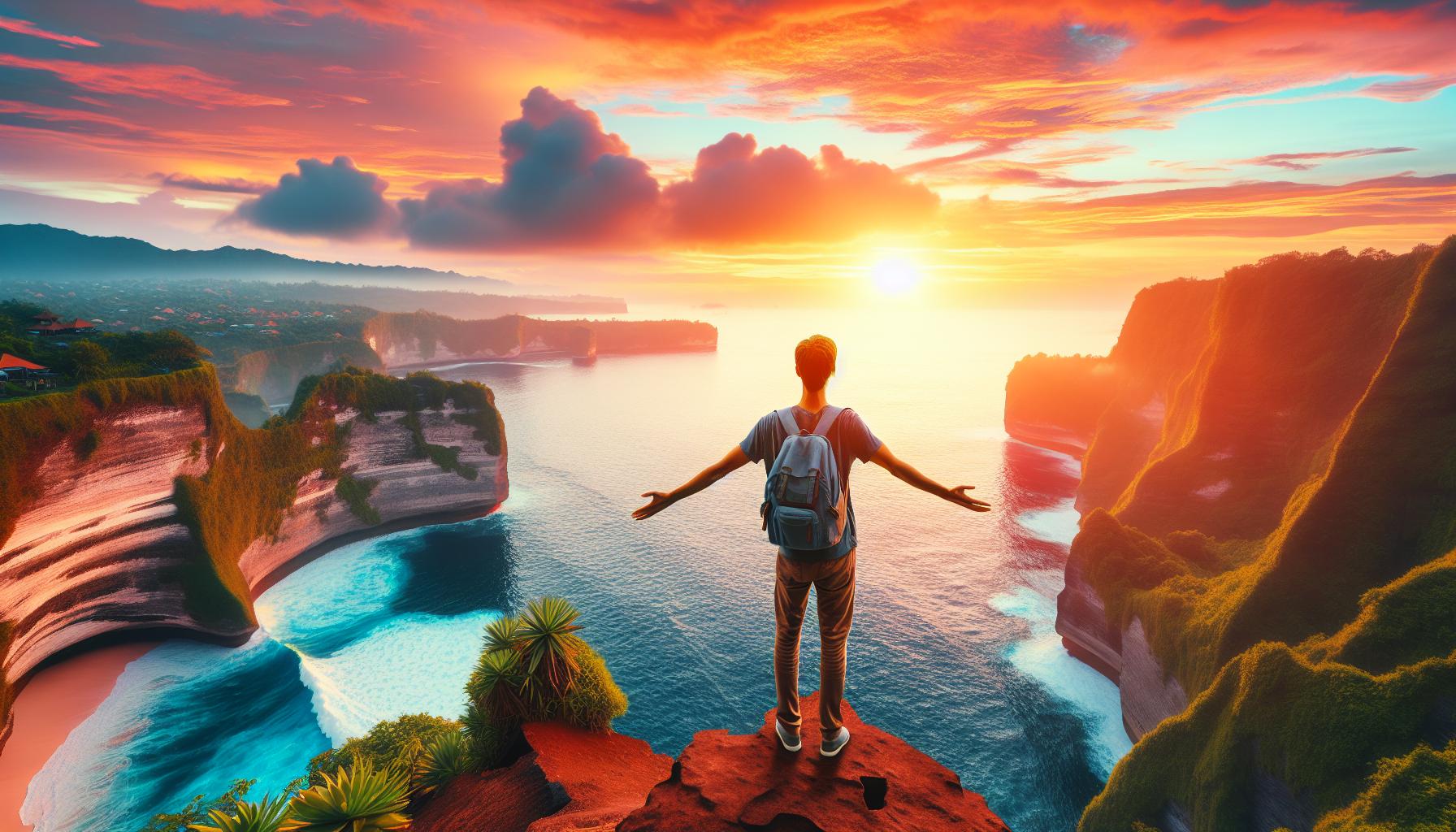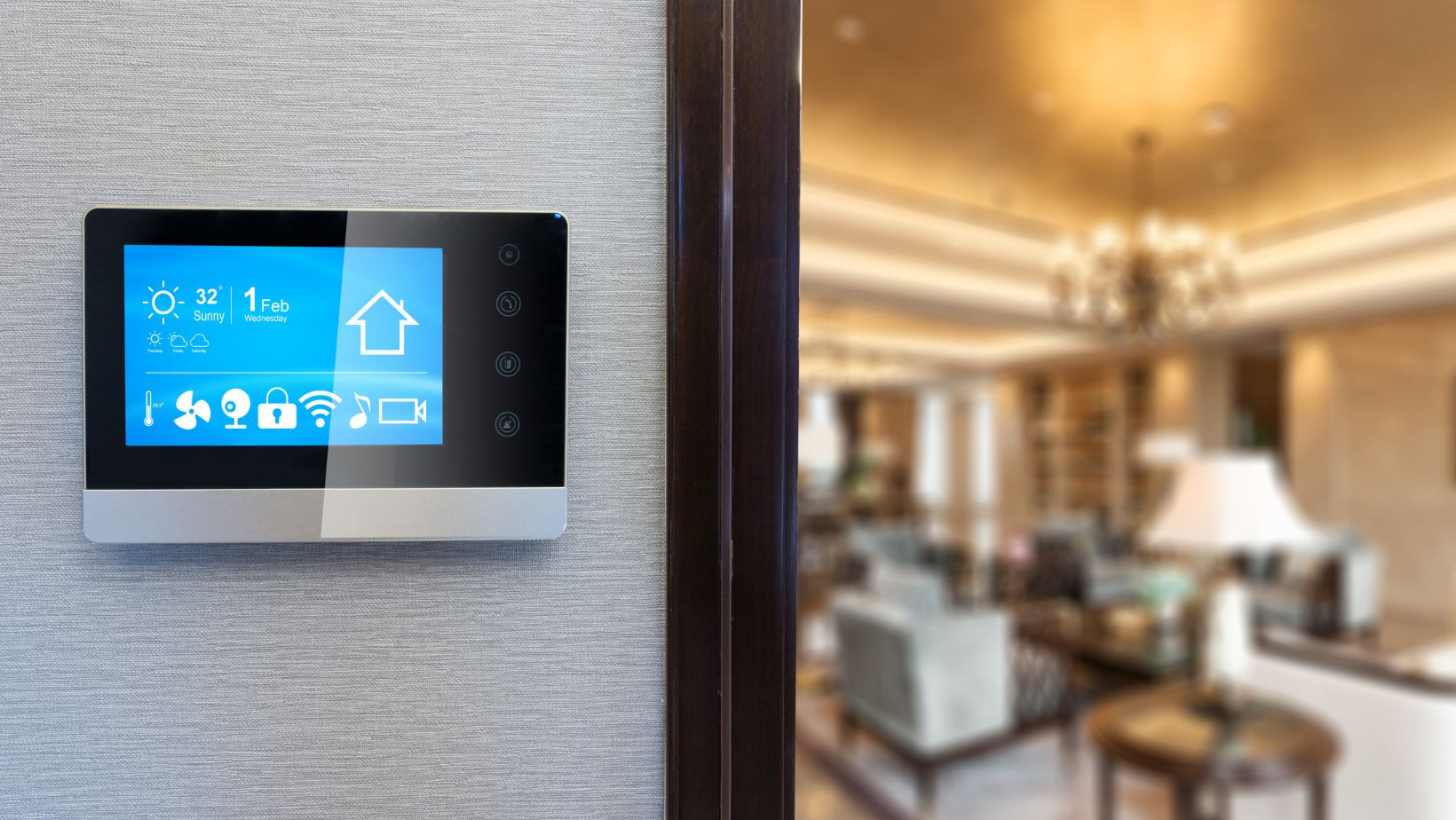Traveling opens doors to new experiences and unforgettable memories. Whether it’s hiking through lush forests or lounging on sun-kissed beaches, every adventure deserves to be shared. Capturing these moments on Instagram not only preserves them but also inspires others to embark on their own journeys.
Using the right quote can elevate a travel post, adding depth and emotion to stunning visuals. A well-chosen phrase can resonate with followers, sparking wanderlust and connection. From whimsical musings to profound reflections, travel adventure quotes can transform an ordinary post into a source of inspiration. So, let’s explore some of the best quotes that will not only enhance your travel stories but also ignite the spirit of adventure in your audience.
Key Takeaways
- Travel adventure quotes enhance Instagram posts by adding depth and emotion, transforming visuals into compelling narratives.
- Using the right quote can inspire followers, spark wanderlust, and motivate them to embark on their own adventures.
- Quotes provide context to travel experiences, helping followers understand the significance of shared moments.
- Thoughtful quotes boost engagement on social media, encouraging conversations and interactions from followers.
- Personalizing travel quotes allows for authentic storytelling, making posts more relatable and engaging.
- Utilizing relevant hashtags, both general and specific, increases visibility and reach for travel content on Instagram.
Travel Adventure Quotes For Instagram
Travel adventure quotes serve as powerful tools for expression. Quotes encapsulate moments, feelings, and experiences in a few impactful words. They elevate posts, transforming simple images into compelling narratives.
Travel adventure quotes inspire followers. They spark interest in destinations and encourage exploration. When followers encounter relatable or aspirational phrases, they often feel motivated to pursue their own adventures.
Quotes also provide context. A well-chosen quote can enhance the overall message of a post, guiding viewers to understand the significance of the shared experience. By adding depth, quotes capture the essence of travel and adventure clearly.
Engagement increases with thoughtful quotes. Quotes prompt conversations, inviting interactions from followers. The right phrase can resonate deeply, eliciting comments, shares, and likes, thus expanding the reach of the post.
Travel adventure quotes play an essential role in enhancing the storytelling aspect of travel posts. They evoke emotions, inspire followers, provide context, and boost engagement, making them invaluable for any adventurer sharing their journey on Instagram.
Best Travel Adventure Quotes For Instagram

Travel adventure quotes serve as perfect companions for Instagram posts, evoking feelings of excitement and inspiration. They can encapsulate the essence of exploration and connect followers to the travel experience.
Inspirational Quotes
- “The journey not the arrival matters.” – T.S. Eliot
- “Travel is the only thing you buy that makes you richer.”
- “To travel is to live.” – Hans Christian Andersen
- “Not all those who wander are lost.” – J.R.R. Tolkien
- “Adventure is worthwhile.” – Aesop
- “Life is either a daring adventure or nothing at all.” – Helen Keller
- “Travel far enough to meet yourself.” – David Mitchell
- “Take only memories, leave only footprints.” – Chief Seattle
- “I followed my heart, and it led me to the airport.”
- “Jet lag is for amateurs.”
- “I need six months of vacation, twice a year.”
- “My favorite travel accessory? A good sense of humor.”
- “I’m in a long-distance relationship with my suitcase.”
- “I haven’t been everywhere, but it’s on my list.”
- “Vacation calories don’t count.”
- “I’m packing my bags and leaving my worries behind.”
How To Use Quotes For Instagram Posts

Using quotes effectively enhances Instagram posts, elevating travel memories and fostering deeper connections with followers. Through engaging and inspiring captions, travelers can express their adventures meaningfully.
Tips For Engaging Captions
- Select Relevant Quotes: Choose quotes that relate directly to the travel experience. Quotes from local authors or notable figures connected to the destination resonate well.
- Add Personal Context: Include a brief anecdote or reflection about the trip. Personal touches can deepen the connection with followers.
- Keep It Concise: Shorter quotes tend to be more impactful. Aim for quotes that fit within 1-2 lines to maintain focus.
- Align With Imagery: Ensure the quote complements the photo. A visually stunning image paired with a thought-provoking quote draws attention.
- Encourage Interaction: Pose questions in the caption. Engaging followers with questions related to the quote can spark conversation.
- General Travel Hashtags: Use broad tags like #Travel, #Adventure, and #Wanderlust to reach a wider audience.
- Quote-Specific Hashtags: Incorporate hashtags like #TravelQuotes or #AdventureQuotes to connect with quote enthusiasts.
- Location Tags: Add hashtags that highlight specific locations, such as #Paris, #Bali, or #GrandCanyon to attract local followers and travelers.
- Personal Tags: Create a unique hashtag for personal travel experiences. This encourages followers to engage and share similar content.
- Seasonal Hashtags: Utilize seasonal tags, like #SummerTravel or #WinterAdventures, to connect with trends in travel activities.
Creating Your Own Travel Adventure Quotes

Creating personalized travel adventure quotes enhances the storytelling aspect of posts. Travel enthusiasts can craft unique quotes that reflect their experiences and emotions. Here are some strategies to develop original quotes:
- Reflect on Experiences: Think about specific moments during trips. Recall feelings, sights, and interactions that stood out. Use these reflections as a foundation for quotes.
- Use Descriptive Language: Incorporate vivid adjectives and stimulating verbs to convey the essence of travel. Descriptive words help paint a picture and evoke emotions.
- Incorporate Local Culture: Draw inspiration from local sayings or phrases encountered during travels. These references add authenticity and create connections to the destination.
- Focus on Adventure Themes: Emphasize themes such as exploration, discovery, and freedom. Phrases that highlight these themes resonate with fellow adventurers and inspire them.
- Keep it Concise: Aim for brevity while maintaining meaning. Short quotes are easier to remember and more engaging for readers.
- Add a Personal Touch: Include personal anecdotes or thoughts. Unique stories and perspectives elevate the quote’s authenticity and relatability.
- Experiment with Formats: Mix different formats like questions, exclamations, or statements. Varied structures can make quotes more engaging and appealing in posts.
- Be Authentic: Ensure quotes reflect genuine feelings and personal experiences. Authenticity creates connections and invites conversations with followers.
- Test and Iterate: Share quotes with friends or online communities for feedback. Experiment with different variations to discover what resonates most with your audience.
By following these strategies, individuals can create travel adventure quotes that not only enhance Instagram posts but also inspire followers. Original quotes capture the essence of each adventure, inviting others to embark on their own explorations.
Travel adventure quotes are more than just words; they’re a gateway to sharing experiences and inspiring others. By pairing the right quotes with stunning visuals, travelers can create compelling narratives that resonate with their audience. These quotes not only evoke emotions but also spark curiosity and conversation among followers.
Crafting personalized quotes adds a unique touch that reflects individual journeys. Whether it’s a profound insight or a lighthearted remark, these expressions enhance the overall travel experience on Instagram. As adventurers continue to explore the world, thoughtful quotes will remain essential tools for connecting with others and fostering a sense of wanderlust. Embracing this creative approach can transform a simple post into an inspiring story that encourages others to embark on their own adventures.


 Spatial planning ensures that layouts promote effective movement and utilize available space efficiently. It involves assessing room dimensions, traffic flow, and placement of furniture or fixtures. Proper spatial planning can enhance accessibility and create a more inviting environment.
Spatial planning ensures that layouts promote effective movement and utilize available space efficiently. It involves assessing room dimensions, traffic flow, and placement of furniture or fixtures. Proper spatial planning can enhance accessibility and create a more inviting environment. Space planning involves the strategic arrangement of furniture and objects to optimize functionality and movement. It encompasses creating efficient layouts that enable smooth flow while maximizing the use of space. Designers assess room dimensions and user needs to determine the best placement of furnishings. Public spaces, such as living rooms or offices, require different considerations than private areas like bedrooms or bathrooms. Effective space planning ensures comfort and accessibility, making it essential for meeting practical requirements.
Space planning involves the strategic arrangement of furniture and objects to optimize functionality and movement. It encompasses creating efficient layouts that enable smooth flow while maximizing the use of space. Designers assess room dimensions and user needs to determine the best placement of furnishings. Public spaces, such as living rooms or offices, require different considerations than private areas like bedrooms or bathrooms. Effective space planning ensures comfort and accessibility, making it essential for meeting practical requirements.